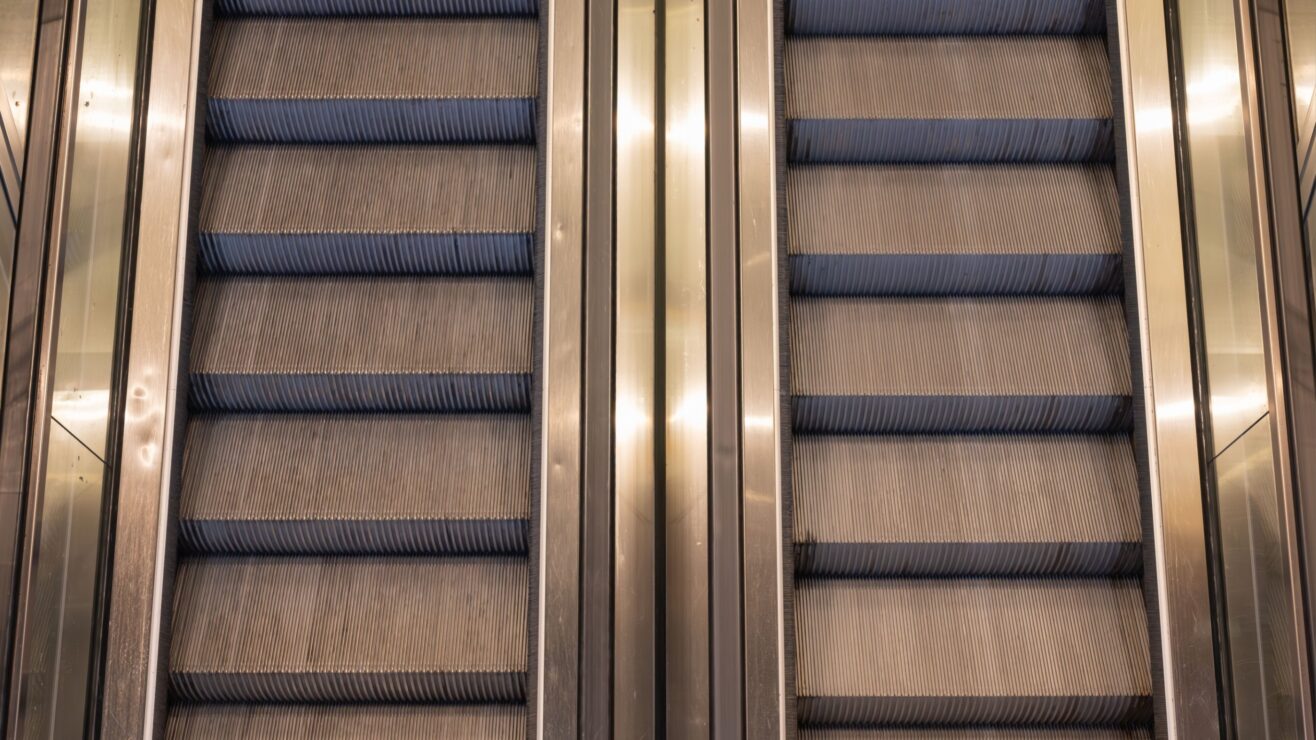
It’s fair to say that the impact of digital technologies in the university classroom has been mixed. Some argue that academics should be engaging with technology and social media as much as their students whilst others propose a more conservative approach.
But these latest findings from recent research published in Studies in Higher Education suggest that academics who use emoticons are seen by students as warmer and felt to have more of a positive influence.



Dr Ben Marder, a social media expert and senior lecturer at the University of Edinburgh business school was one of the authors of the article ‘Smile(y) – and your students will smile with you? the effects of emoticons on impressions, evaluations, and behaviour in staff-to-student communication’. Marder was quoted in Study International and observed:
“For these students, the use of emoji, such as the smiley, is second nature as a means to communicate emotion in their instant messages and emails with their peers and likely family.”
While educators are encouraged to smile when speaking to their students, Dr Marder said they should also ‘smile’ at them through emails.
“In a world of social media, the norm of computer-mediated communication has shifted to become more social, adapting to this norm is necessary for teachers wishing to build stronger relationships with their students,” he said.
So, it’s all about relationship building through emoji. And smiling in emails too. But Marder adds that universities need to catch up with other sectors where emoji use has already become commonplace and get down with the kids (or ‘digital natives’ as some persist in calling them):
Dr Marder explained: “Essentially, when communicating with students who are digital natives we as staff need to communicate in a manner that they are familiar with to build a healthy relationship.
“Our research finds that the use of smileys in emails and assessment feedback increases perceptions of the sender, course evaluations and the likelihood that students will act favourably when asked to carry out a task.”



So, a few smileys can compensate for many weaknesses, will lead to better evaluation scores and get students to focus on their work. What’s not to like?
And the logical next step is to require use of emoji in all formal university communications. Committee minutes too could perhaps be considerably enhanced by the judicious use of a smiley or two. It’s the future.














